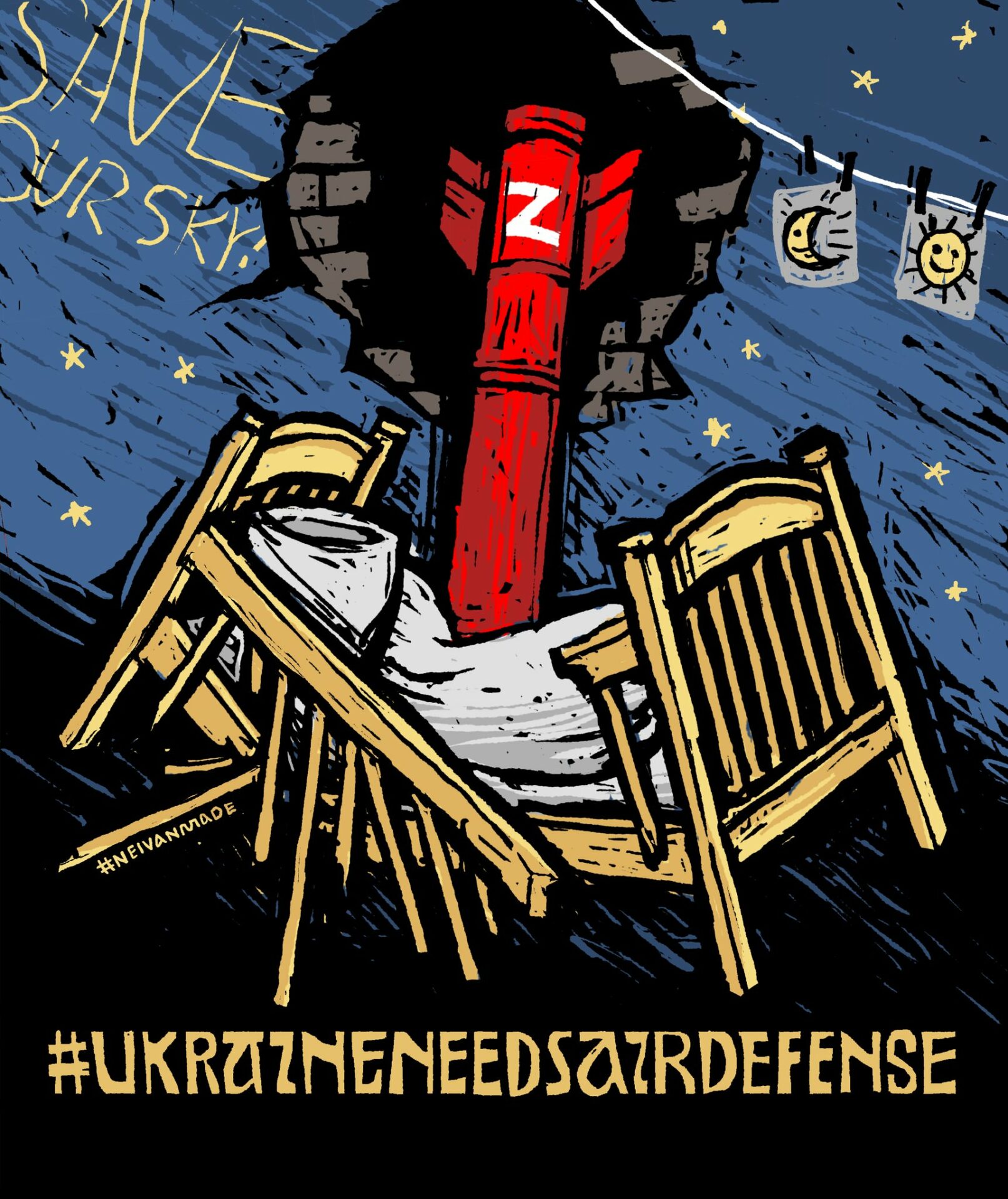.@jimmykimmel: Trump just told TIME magazine he'd carry out a deportation operation to remove more than 11 million people from the country and use the military to build mass detention camps. He'd let red states monitor women's pregnancies and prosecute those who violate abortion… pic.twitter.com/DRStzzZ3XY
— Biden-Harris HQ (@BidenHQ) May 1, 2024
Remember when now-‘bankrupt’ Jim Hoft‘s claim to fame was being The Dumbest Man on the Internet?
Scoop: Employees at Gateway Pundit had concerns about plagiarism and the credibility of contributors, according to messages obtained by lawyers for Ruby Freeman and Shaye Moss https://t.co/Fv7tTLIyGM
— Sam Levine (@srl) May 1, 2024
Jordan Conradson was so embedded with the AZ Senate GOP Caucus that he suited up for their team in the annual House vs Senate softball game. As he came to the plate to bat, it must have dawned on them that this wasn’t a good look (there were real reporters in the crowd) and they… https://t.co/md99pLb8Y5
— Robbie Sherwood (@RobbieSherwood) May 1, 2024
Gateway Pundit warned by its own lawyer it was using ‘a damned fraud’ as a source: report https://t.co/dE7LEyYQlW
— Joe Hickman???????? (@joehick58) May 1, 2024
Late Friday Night Open Thread: Because Caring Is Sharing…Post + Comments (54)




